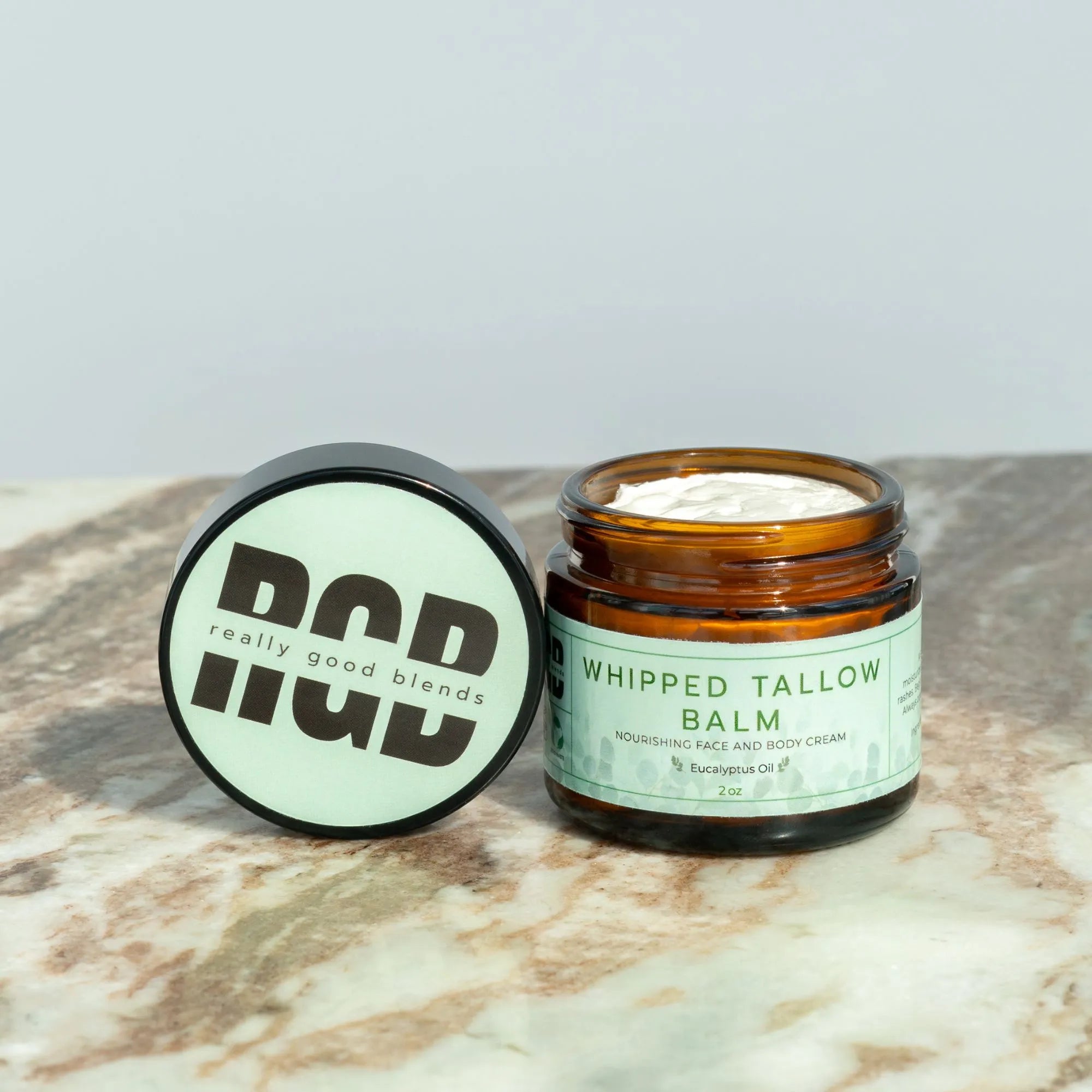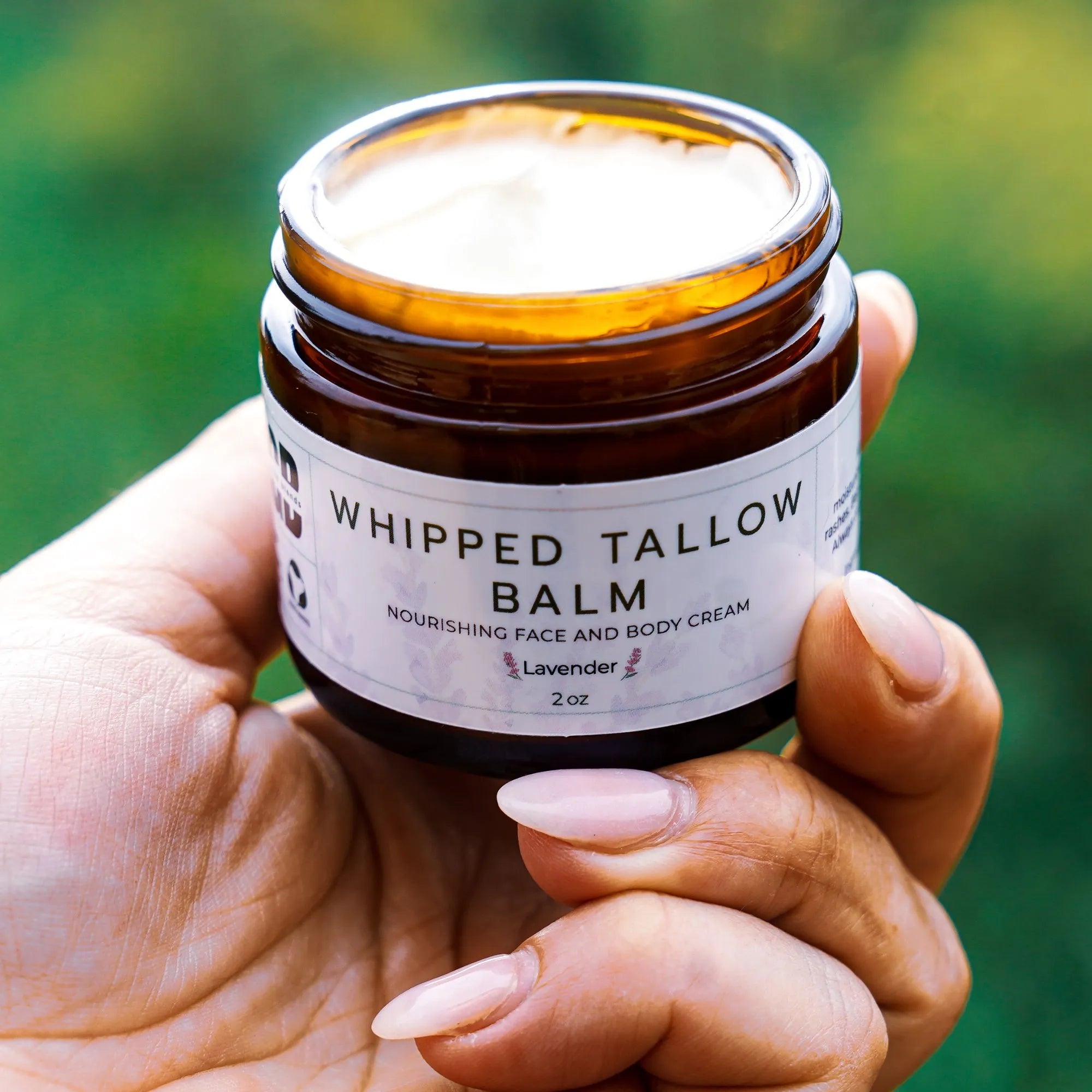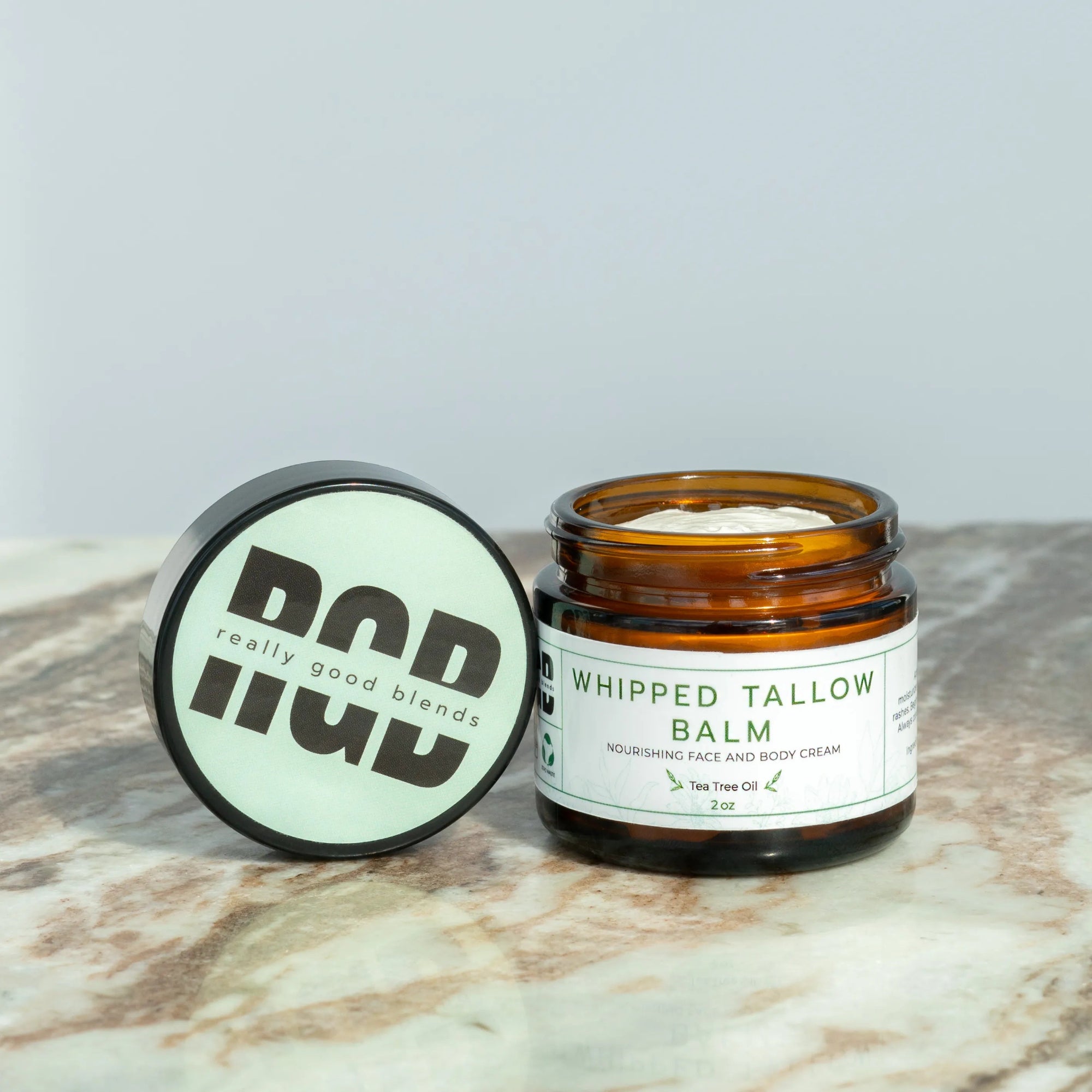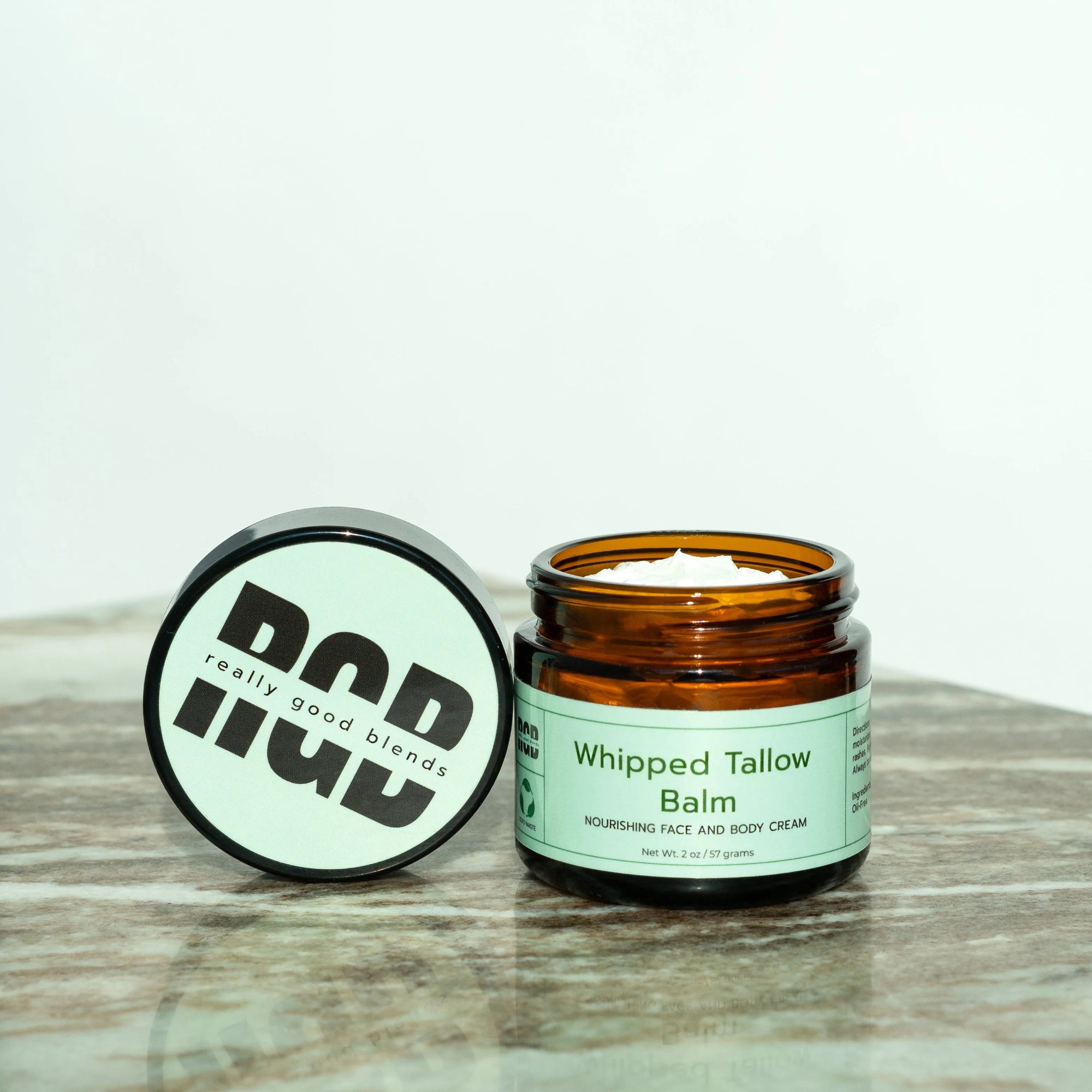In the modern skincare industry, where synthetic ingredients often dominate, there is a growing movement toward natural and traditional remedies. Among these, tallow has resurfaced as a cherished ingredient, celebrated for its unique properties and historical significance. This blog post delves into the rich history of tallow in skincare, tracing its origins and exploring why ancient wisdom is being rediscovered and embraced by contemporary skincare enthusiasts.
Introduction
For centuries, people have sought ways to care for their skin, using various natural ingredients that offer nourishment and protection. Tallow, a rendered form of animal fat, was once a staple in skincare across numerous cultures. However, with the advent of modern cosmetics, tallow fell out of favor, overshadowed by synthetic alternatives. Today, as we face increasing concerns about the chemicals in our skincare products, tallow is making a comeback, valued for its simplicity and effectiveness. Join us as we journey through the history of tallow in skincare, from ancient practices to its modern revival.
Ancient Origins of Tallow in Skincare
Early Civilizations
The use of tallow in skincare dates back to ancient civilizations, including the Egyptians, Greeks, and Romans. These cultures valued tallow for its moisturizing properties and ability to protect the skin from harsh environmental conditions.
- Egyptians: The ancient Egyptians are renowned for their beauty rituals, which included the use of tallow. They mixed tallow with herbs and essential oils to create balms and ointments that kept their skin soft and supple. Tallow's emollient properties made it an ideal base for these concoctions, helping to retain moisture in the arid desert climate.
- Greeks and Romans: In ancient Greece and Rome, tallow was commonly used in soap-making. These early soaps, made from tallow and ashes, were used not only for cleansing but also for treating skin ailments. The Romans, in particular, appreciated tallow's ability to soothe and heal the skin, incorporating it into their daily hygiene routines.
Indigenous Practices
Indigenous cultures across the world also utilized tallow for its beneficial properties. For example, Native American tribes used tallow from animals like buffalo and deer as a skin protectant and healing salve. This natural remedy was integral to their holistic approach to health and well-being.
Tallow in Medieval and Renaissance Europe
During the medieval and Renaissance periods, tallow continued to play a significant role in skincare. In Europe, tallow was readily available and affordable, making it a common ingredient in homemade remedies and commercial products alike.
- Medieval Europe: In medieval times, tallow was often combined with medicinal herbs to create salves for wounds and skin conditions. The antibacterial and anti-inflammatory properties of tallow made it effective in treating cuts, burns, and other skin issues.
- Renaissance Beauty: The Renaissance era saw a heightened interest in personal grooming and beauty. Tallow-based creams and lotions were popular among women of the time, who used them to maintain a youthful appearance. Recipes from this period often included tallow mixed with rosewater and other fragrant ingredients, highlighting the enduring appeal of this versatile fat.
The Decline and Rediscovery of Tallow
Industrial Revolution and the Rise of Synthetic Alternatives
The Industrial Revolution brought significant changes to the skincare industry. The development of synthetic ingredients and mass production techniques led to the decline of traditional remedies like tallow. By the mid-20th century, tallow had largely disappeared from mainstream skincare products, replaced by petroleum-based alternatives and chemical additives.
Modern Revival
In recent years, there has been a growing interest in natural and organic skincare, driven by concerns about the potential health risks associated with synthetic ingredients. This shift has led to the rediscovery of tallow as a valuable ingredient with numerous benefits for the skin.
- Nutrient-Rich Composition: Tallow is rich in vitamins A, D, E, and K, as well as essential fatty acids that closely resemble the natural oils found in human skin. This makes it highly compatible with our skin's biology, promoting hydration and repair.
- Anti-Inflammatory Properties: The anti-inflammatory and antimicrobial properties of tallow make it effective in soothing irritated skin and combating conditions like eczema and acne.
- Sustainability: Tallow is a byproduct of the meat industry, which means using it in skincare can help reduce waste and promote sustainability. Many consumers appreciate this eco-friendly aspect, as it aligns with their values of reducing environmental impact.
Incorporating Tallow into Your Skincare Routine
If you're intrigued by the benefits of tallow and want to incorporate it into your skincare routine, there are several ways to do so:
- Tallow Balms and Salves: Look for high-quality tallow balms and salves, preferably made from grass-fed animals. These products are excellent for moisturizing and protecting the skin.
- DIY Tallow Skincare: For those who enjoy making their own skincare products, tallow can be a versatile ingredient. You can render tallow at home and mix it with essential oils, herbs, and other natural ingredients to create personalized balms and lotions.
- Tallow Soap: Tallow-based soaps are making a comeback, appreciated for their gentle cleansing properties and ability to leave the skin feeling soft and hydrated.
Conclusion
The history of tallow in skincare is a testament to the enduring wisdom of our ancestors. Despite the advent of modern cosmetics, tallow's natural properties continue to make it a valuable ingredient for nourishing and protecting the skin. As we rediscover ancient practices and prioritize natural ingredients, tallow is once again finding its place in our beauty routines.
We invite you to share your thoughts and experiences with tallow in the comments below. Have you tried tallow-based skincare products? What are your favorite natural skincare remedies? Let's continue this conversation and explore the timeless benefits of traditional ingredients together.
If you enjoyed this article and want to learn more about natural skincare, consider subscribing to our newsletter for the latest tips, recipes, and product reviews. Don't forget to share this post with your friends and family who might be interested in rediscovering the wisdom of ancient skincare practices.





